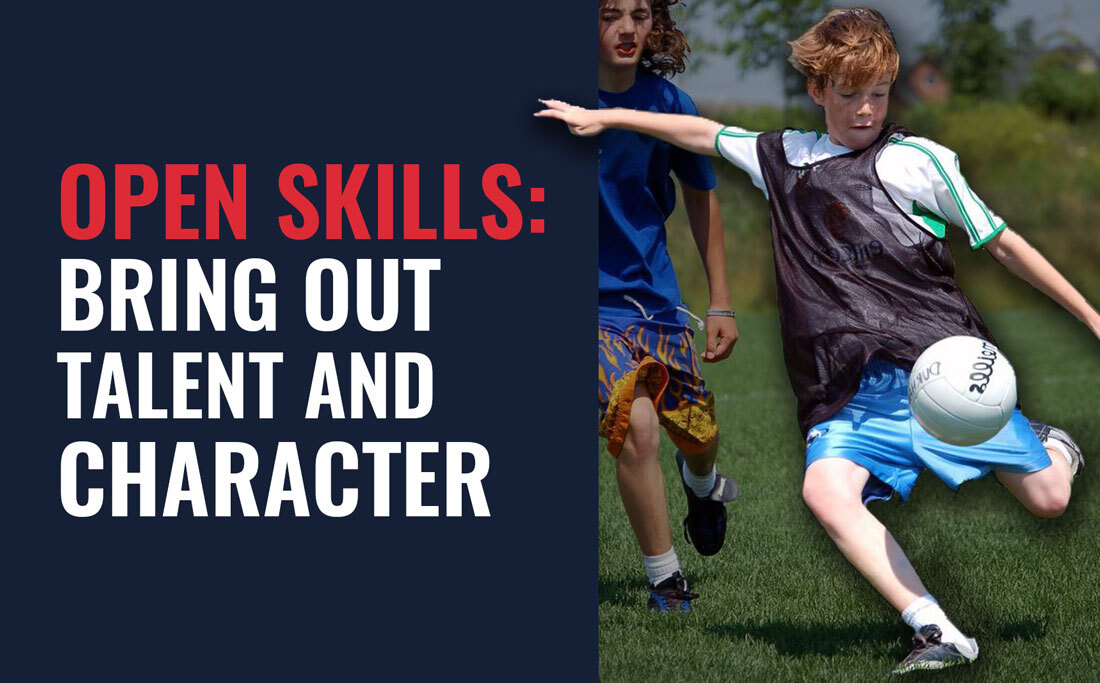Open skills: talent and character development
Goal

|
Changes in society and children having less opportunities to play led to variations in technical training in order to bring out the talent |
The non-stop evolution of soccer in modern society, which is linked to changes in young generations' lifestyle, leads to continuous updates on training methods and exercises.
Today we must take into account the increasing psycho-physical energy expenditure of a soccer match and the adaptation responses on the field that are quicker and more complex. All of this is linked to a loss in everyday life of young people, a loss of many hours spent playing outdoors, due to a more sedentary lifestyle.
We have:
| On one hand THE MATCH | ⇒ | On the other hand THE TRAINING SESSION |
| Which requires QUICKER and MORE COMPLEX solutions | With less HOURS dedicated to it |
WHICH METHODOLOGY?
With a rythm which is becoming more heavy-handed and overwhelming, soccer risks to loose its heritage of technique, fantasy and creativity, the very essence of soccer. The key is bringing together modern physique and athleticism with this heritage that is expressed through character, initiative and curiosity. Coaches should guide kids' experimentations by promoting individual technical skills improvement with exercises that combine mental and physical aspects of modern soccer.
So, the basic conditions in which young players can show their TALENTS are:
- lots of hours dedicated to soccer training;
- high quality soccer trainings that take into account modern soccer characteristics, such as situations that challenge players' open skills, performed in an unpredictable, changing environment.
In order to improve and grow INDIVIDUAL TECHNICAL SKILLS BACKGROUND, it's important that:
- The coach knows how to guide kids' learning by creating numerous game situations that allow them to independently discover new solutions, developing their intelligence without standardization.
- During a training session, the coach creates engaging game situations to pursue their objectives, touching various aspects with the aim of inducing players to use their cognitive backgrounds.
- The coach promotes training sessions in which ball touches are very frequent and optimized.
- “The more I touch the ball, the more I become responsive to it and I can control it!”
- The training session creates a moment of confrontation with the group. Mistakes and solutions analysis should serve as growth. It is important to promote and encourage athlete's involvement to understand positive and negative external inputs.
- The coach is attentive to signals coming from the team and individual players. The coach should identify players' possible reactions and discomforts, managing these situations with sensitivity and fairness, using EMPATHY.
CONCLUSIONS
To cultivate and bring out talent and character, it is fundamental that each kid isn't just a passive performer guided by someone else.
It's important for them to independently:
- think
- understand
- find a solution!
Sources: "Il talento calcistico tra creatività e tatticismo" by Sergio Roticiani, L'allenatore, 2013.
































































